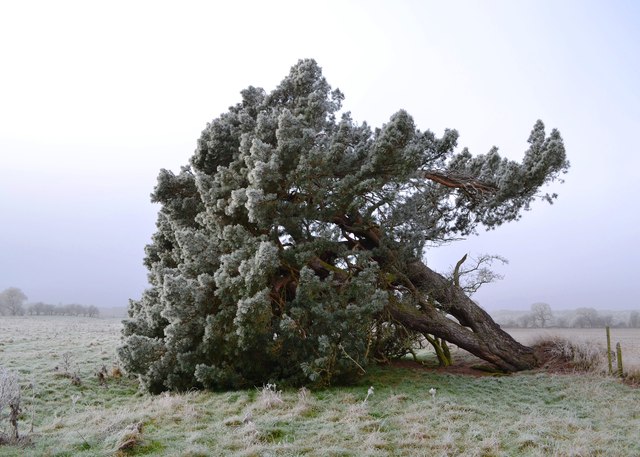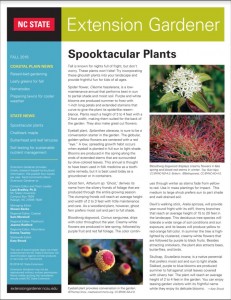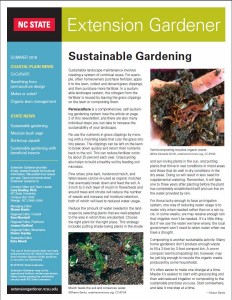Below are ones you can see growing at the Arboretum:
A Holly Retrospective Plus
TOP ROW (1-5) BOTTOM ROW (6-10)
- Ilex vomitoria ‘Pendula' Weeping Yaupon Holly (Mixed Border)
- Ilex vomitoria ‘Nana’ Dwarf Yaupon Holly (CPP)
- Ilex x 'Nellie R. Stevens' Holly (Mixed Border)
- Ilex crenata ‘Green Luster’ Holly (CPP)
- Ilex cornuta ‘Carissa’ Chinese Holly (CPP)
- Ilex cornuta ‘Needlepoint’ Chinese Holly (Mixed Border)
- Ilex ‘Mary Nell' Holly (Mixed Border)
- Ilex attenuata ‘Savannah’ Holly (Butterfly Garden)
- Ilex serrata x verticulatta ‘Sparkleberry’ Winterberry Holly (Butterfly Garden)
- Jasminum nudiflorum Winter jasmine (Perennial Border)
Photos by T. McDaniel
















































